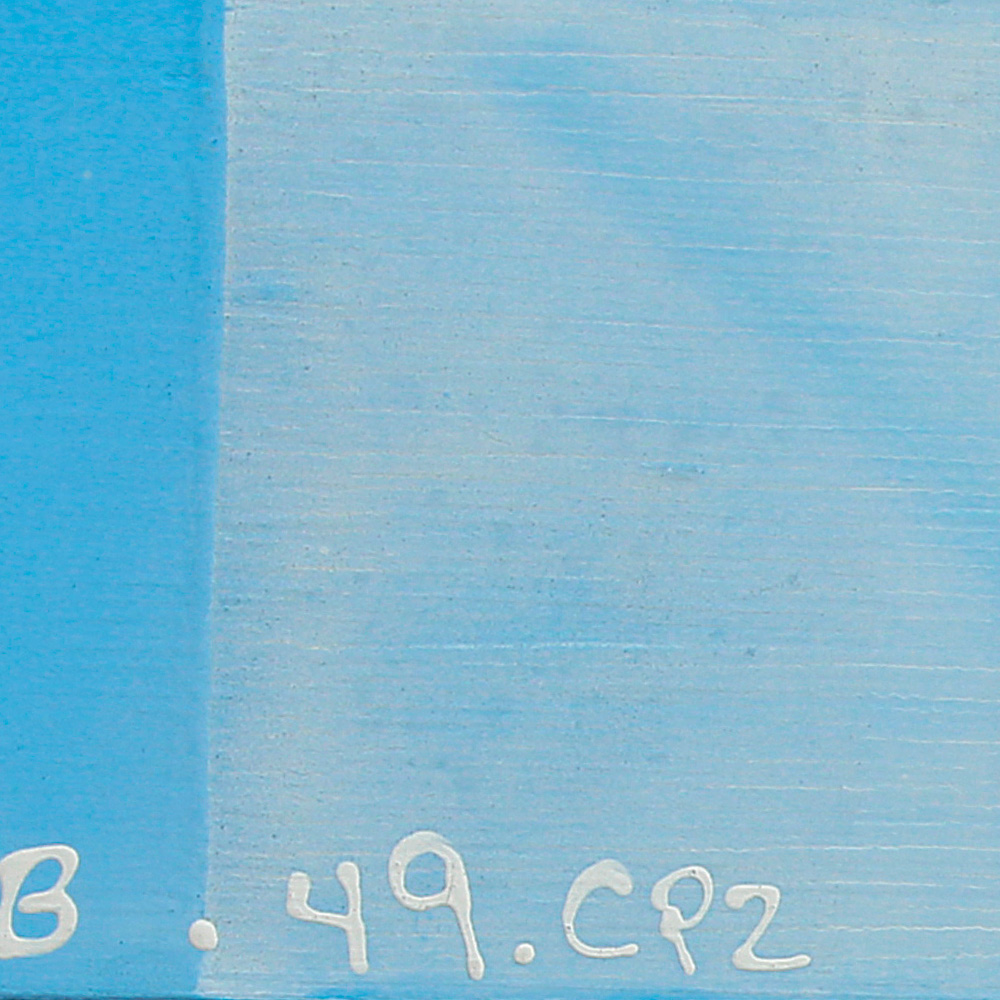5 Signs Your Exterior Needs to Be Repainted
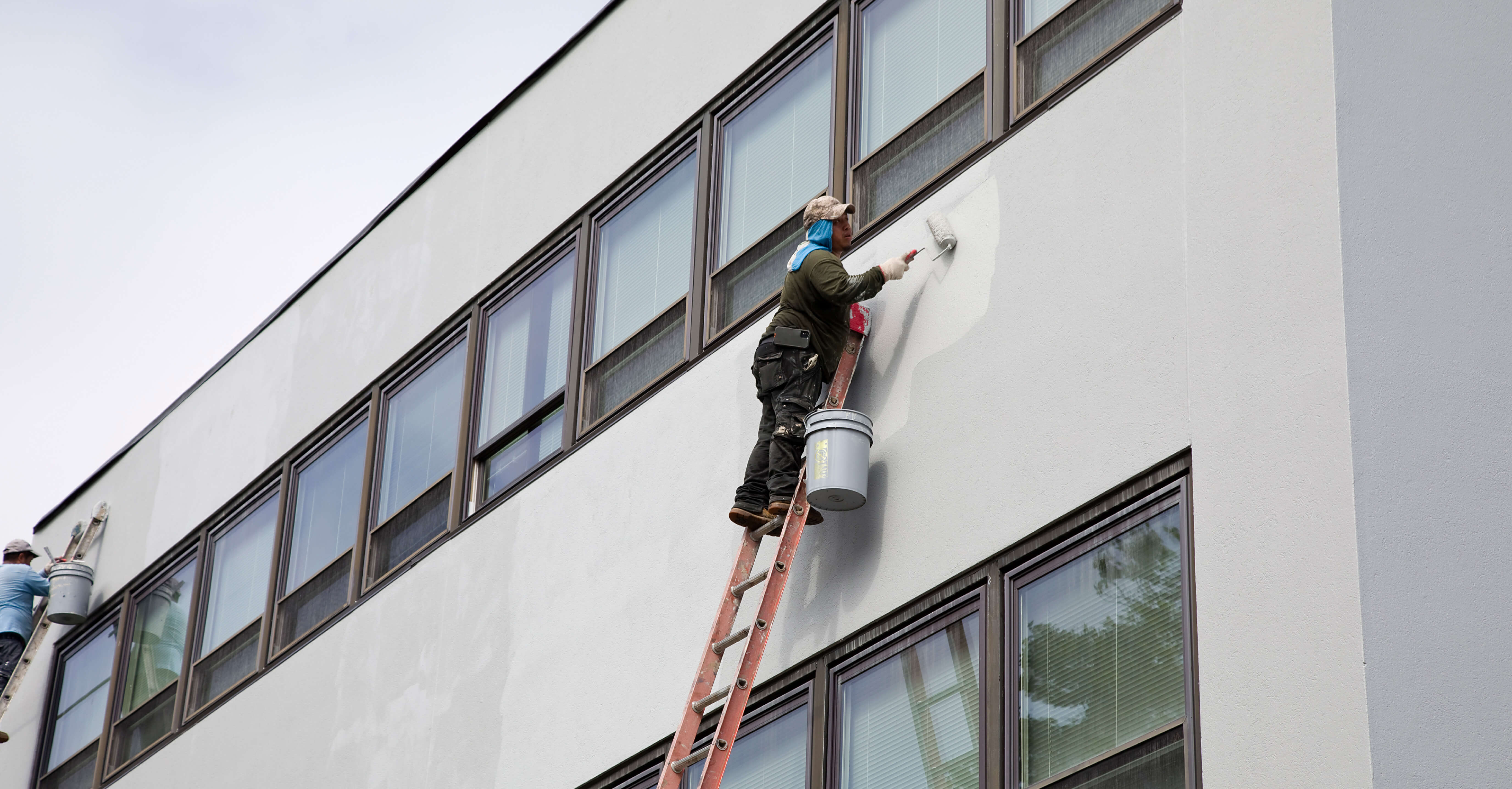
1. Fading Colors
Fading happens when pigments in the paint responsible for holding the color come in contact with a substance that breaks down that pigment such as light (electric or natural,) ozone, or oxygen.
More: Most common paint colorants require the addition of certain chemicals so that they can mix easily into any number of paints. Benjamin Moore’s Gennex colorants are made with a technology that disperses pigments in a patented blend of ingredients without the use of certain additives. Check out our Gennex Advantage brochure for more information.
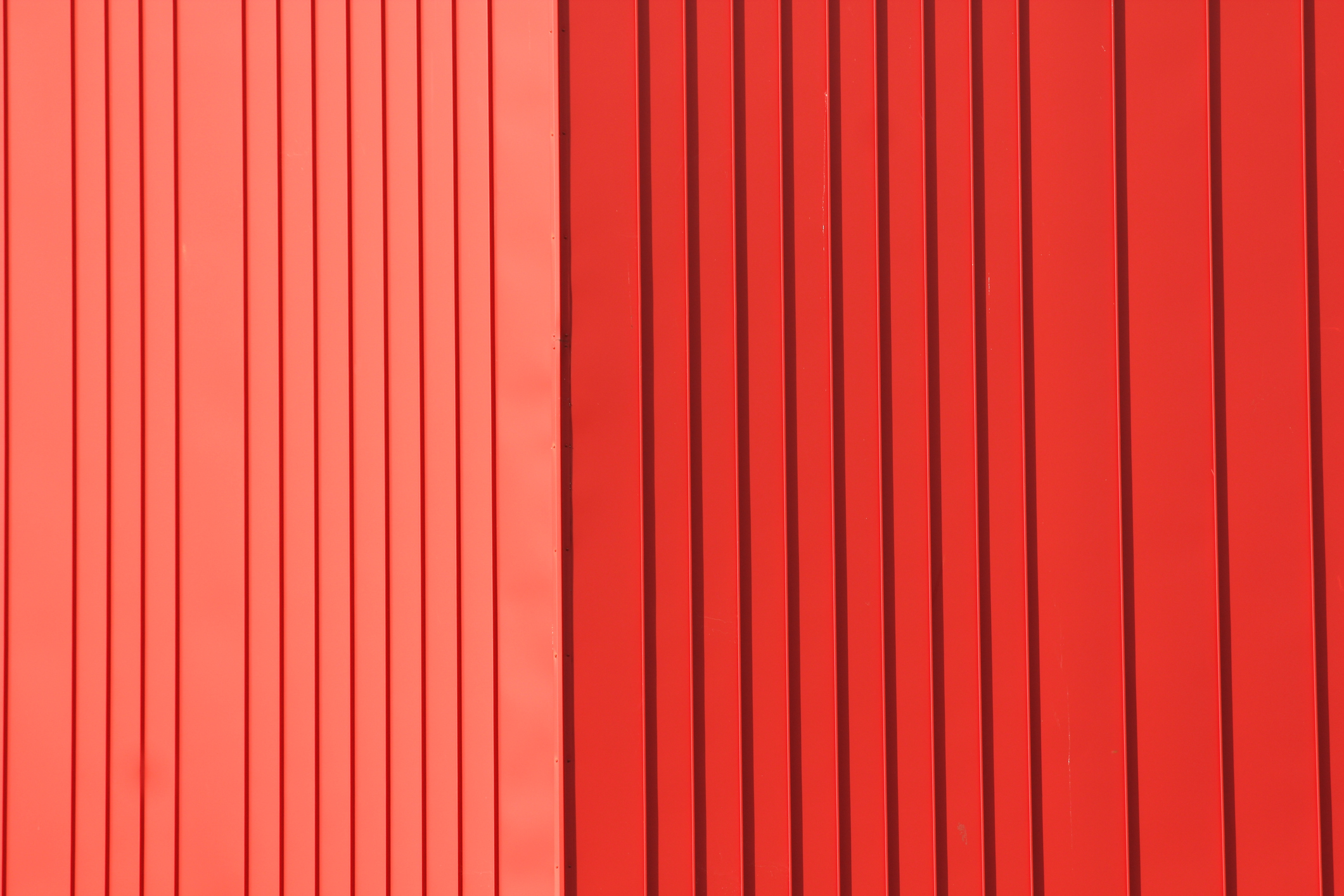
2. Cracking or Peeling Paint
Why Does Paint Crack and Flake?
- Poor surface preparation, especially when the paint is applied to bare wood without priming, or to previously coated surfaces that show signs of cracking or flaking paint (causing moisture behind paint film).
- Using low-quality paint, as it may have inadequate adhesion and/or flexibility.
- Spreading paint too thin during application.
- Paint becoming brittle with age, failing to expand and contract with temperature and humidity changes.
More: An uncommon occurrence is mud cracking (paint cracks when drying due to too-thick application or extremely dry painting conditions).
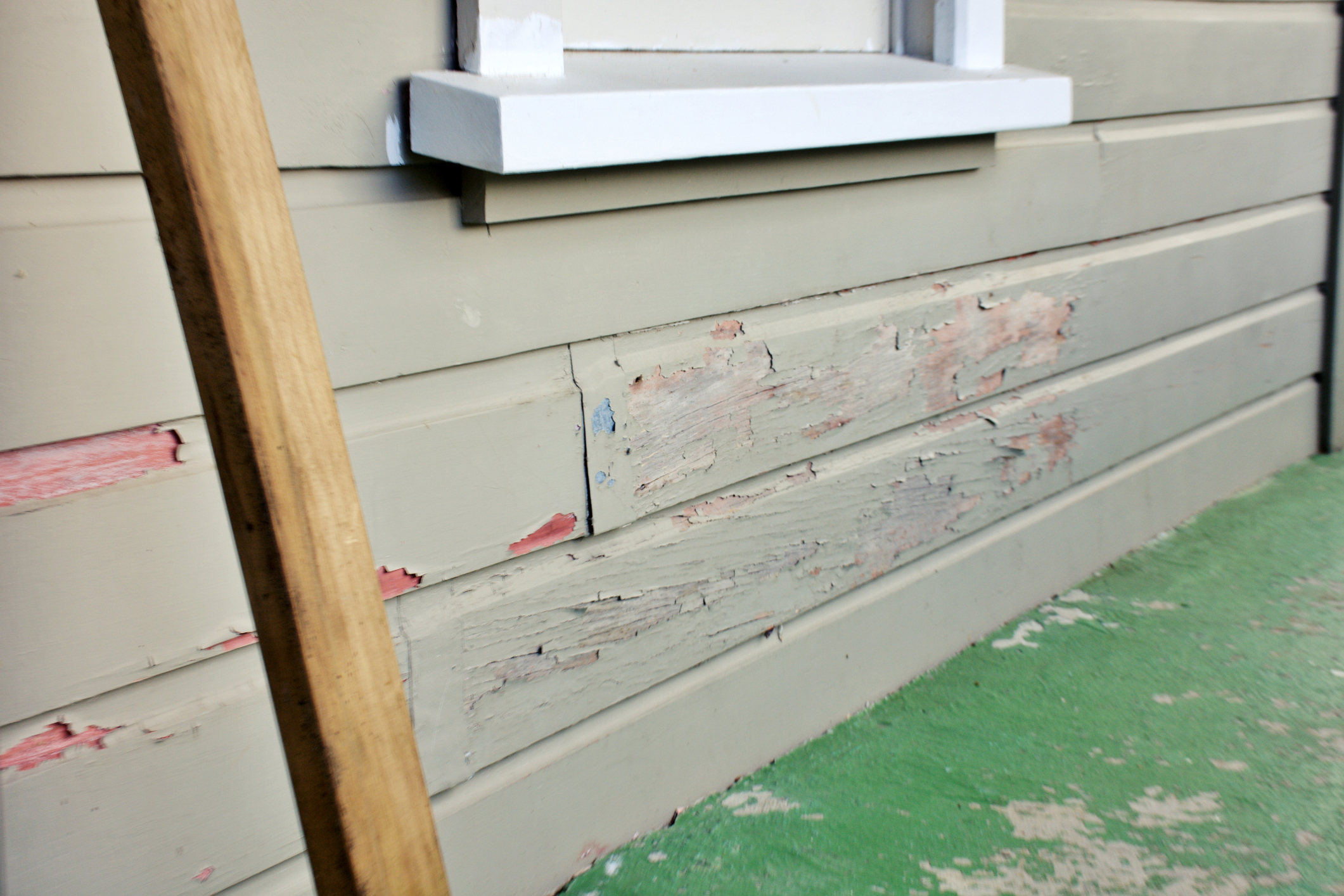
3. Chalking
Chalking occurs when a chalk-like powder forms on the surface of a building’s paint. Although some chalking is normal as paint ages, excessive chalking can make the surface look dirty and discolored.
What Causes Paint to Chalk?
- Long-term exposure to moisture and sunlight
- Using a low-quality paint
- Over thinning the paint or spreading it too thin
- Not priming and sealing a porous surface
4. Mold and Mildew
Often mistaken for dirt buildup, mildew appears as a black, gray, or brown discoloration on a painted surface.
Possible Causes of Mildew:
- Using lower quality paints, which may not be formulated for mildew resistance.
- Painting in damp, dark areas that have little access to sunlight or dry air.
- Not priming a surface prior to painting.
- Painting over a substrate or coating from which mildew has not been removed.
More: To check whether mildew is present, apply a few drops of household chlorine bleach to an affected area. Mildew will lighten or disappear within a few minutes, while dirt will remain. If this happens, the good news is that the paint has not deteriorated and the mildew can be removed.
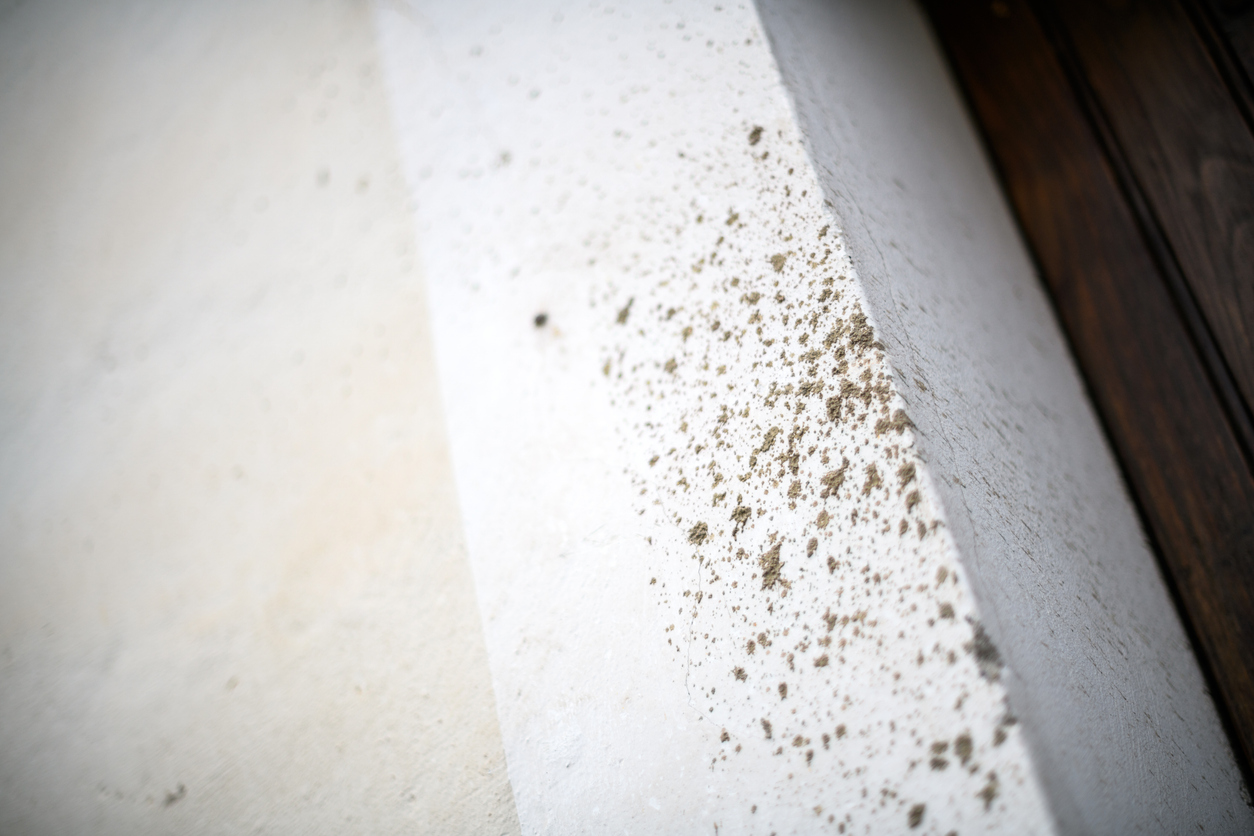
5. Environmental Damage
High humidity and wind driven rain all take their toll on building exteriors. Most paint jobs can last for several years, but it’s time to repaint if the weather has damaged walls, doors, or signage. Once your exterior paint is damaged, it can no longer offer adequate protection from the elements.
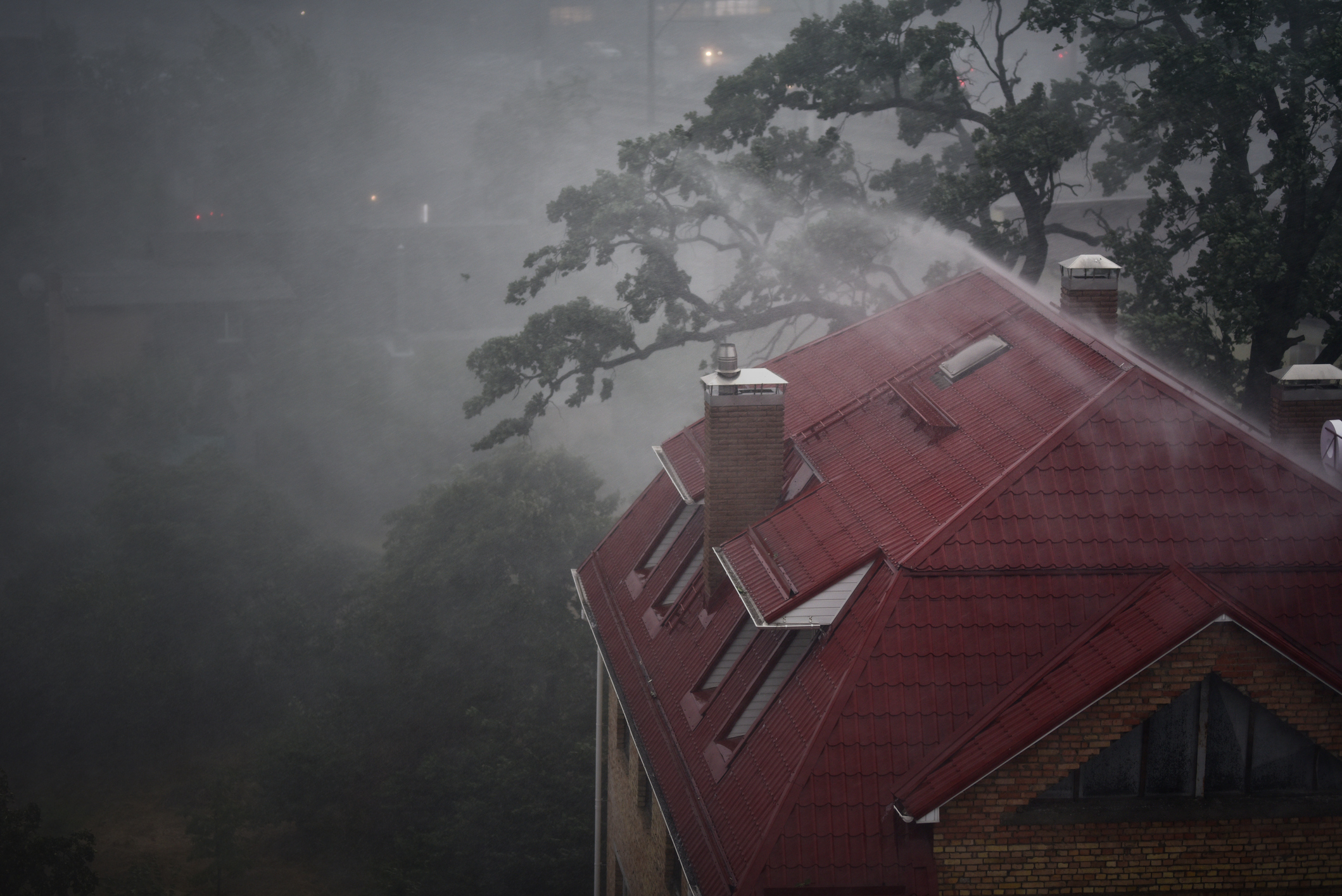
Benefits of Repainting Your Building
- New paint protects the outer surface of your building and helps prevent expensive structural damage.
- Prevents damage from termites, rodents, and other pests
- Keeps moisture from penetrating the surface
- Reduces the amount of maintenance needed
- Increases the longevity of siding and trims
- Improves your buildings image
- Increases property value
When It’s Time to Repaint, Call the Experts at Spectrum Paint!

